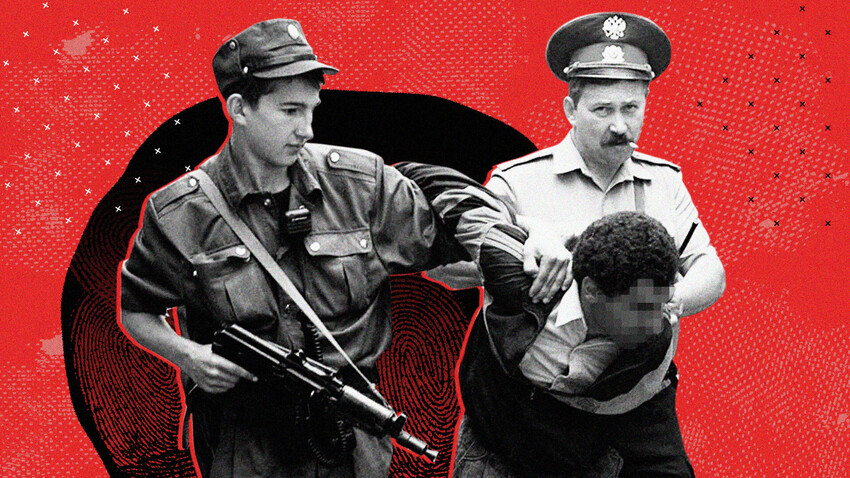
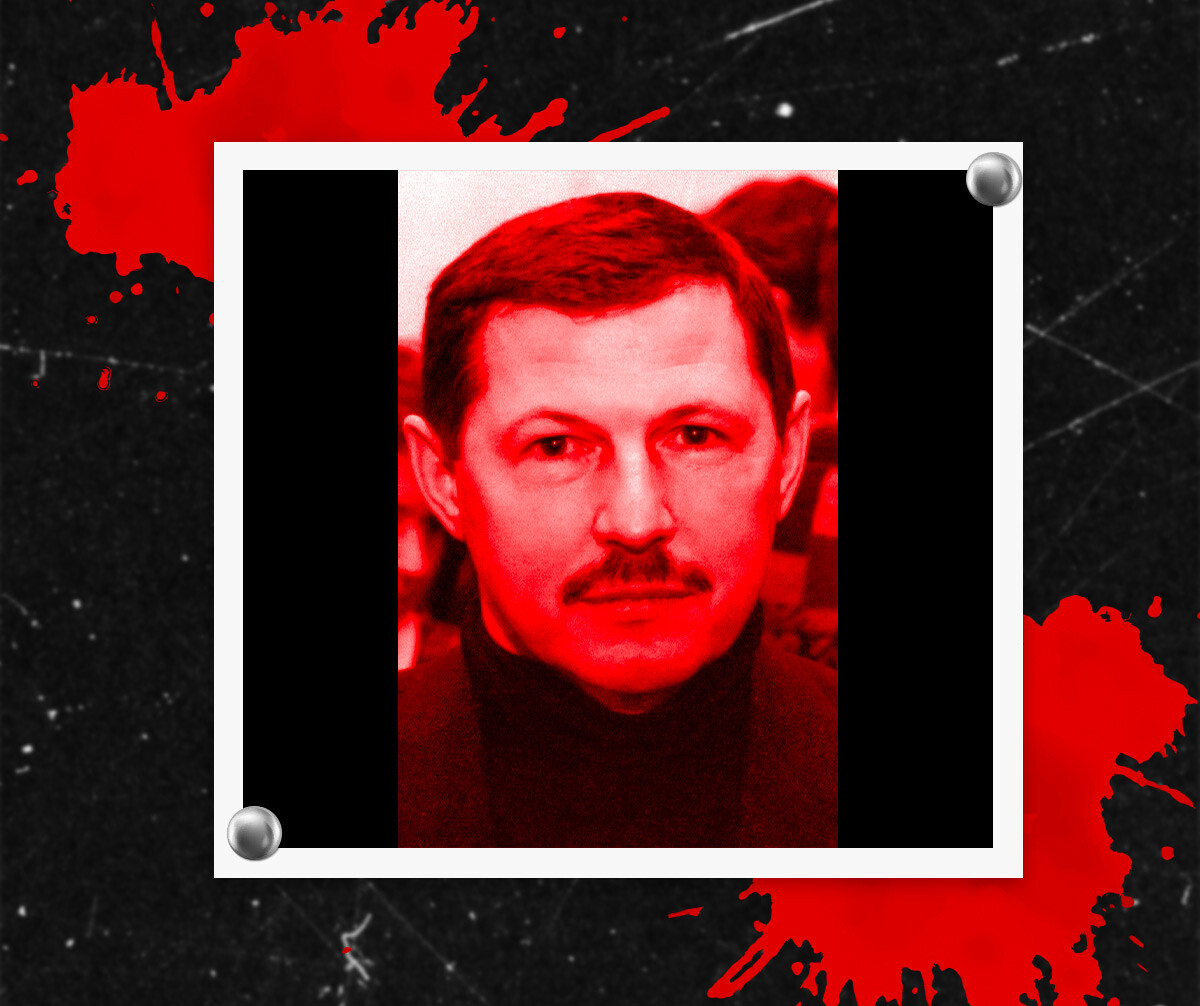
Vladimir Barsukov (Kumarin), the leader of the Tambovskaya organized crime group.
Alexei Danichev/SputnikAt its peak, the Tambov gang controlled almost the entire city of St. Petersburg. Its leader, Vladimir Kumarin (aka Vladimir Barsukov), had so much power and exercised such influence in the city that he was nicknamed the ‘night governor of St. Petersburg’.
A native of Tambov, a provincial Russian city, Kumarin established the gang in the late 1980s in St. Petersburg. In a few years, the gang expanded their activities from making money by terrorizing entrepreneurs of small scale to a virtual monopoly on drug trafficking, security companies and even a control over a large oil company in the city. By the end of the 1990s, the Tambov gang controlled vital ports, real estate, restaurants, a meat-processing plant, transportation, gas station chains and liquor trade in St. Petersburg.
The influence of the gang declined after its leader was arrested and charged with multiple episodes of racketeering and attempted murders, resulting in multiple prolonged sentences in a maximum-security prison.
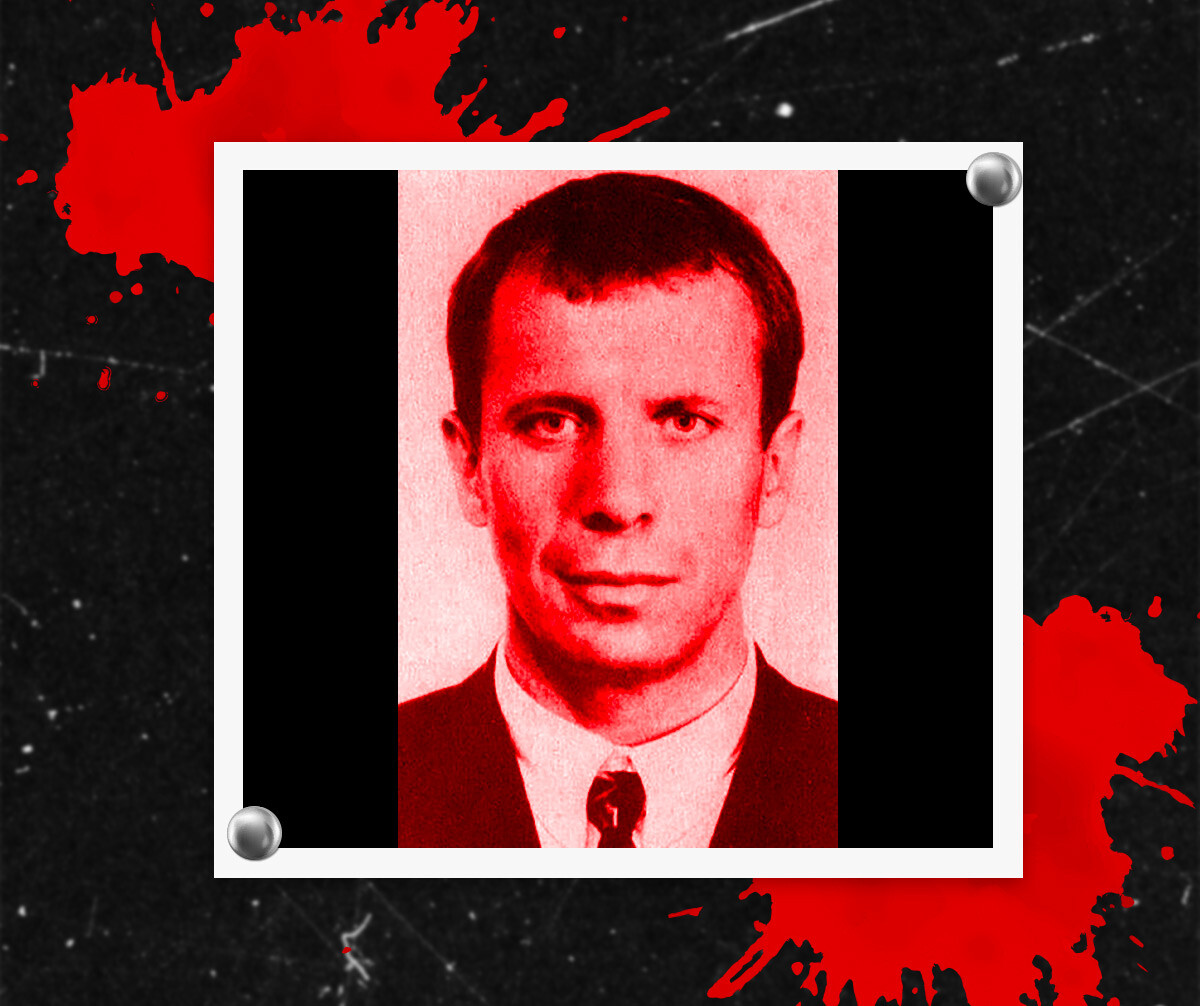
The leader of the Orekhovskaya gang Sergey Timofeev aka Sylvester.
Archive photoThe leader of the Orekhovskaya gang was nicknamed Sylvester for his alleged love of Hollywood blockbusters and his athletic composition. Sylvester’s gang originated in the Orekhovo-Borisovo district in southern Moscow and operated in the Russian capital in the late 1980s and early 1990s.
The members of the gang earned money by hijacking trucks and levying their cut on the proceeds of various criminals who operated on their territory – anyone from swindlers to burglars and carjackers. When capitalism came to Russia in the 1990s, the gang forced countless entrepreneurs and businesses to accept its “protection”. Notably, the gang also attempted to control show business and extorted money from various singers popular in the 1990s. Famously, the Orekhovskaya gang grew so strong and powerful that it gained control over dozens of banks in central Russia.
The era of the Orekhovskaya gang ended in 1994, when Sylvester’s Mercedes was blown up in central Moscow. There were speculations that Sylvester was killed by his own rank and file or by a rivaling gang but the true identity of the hitman remains unknown.
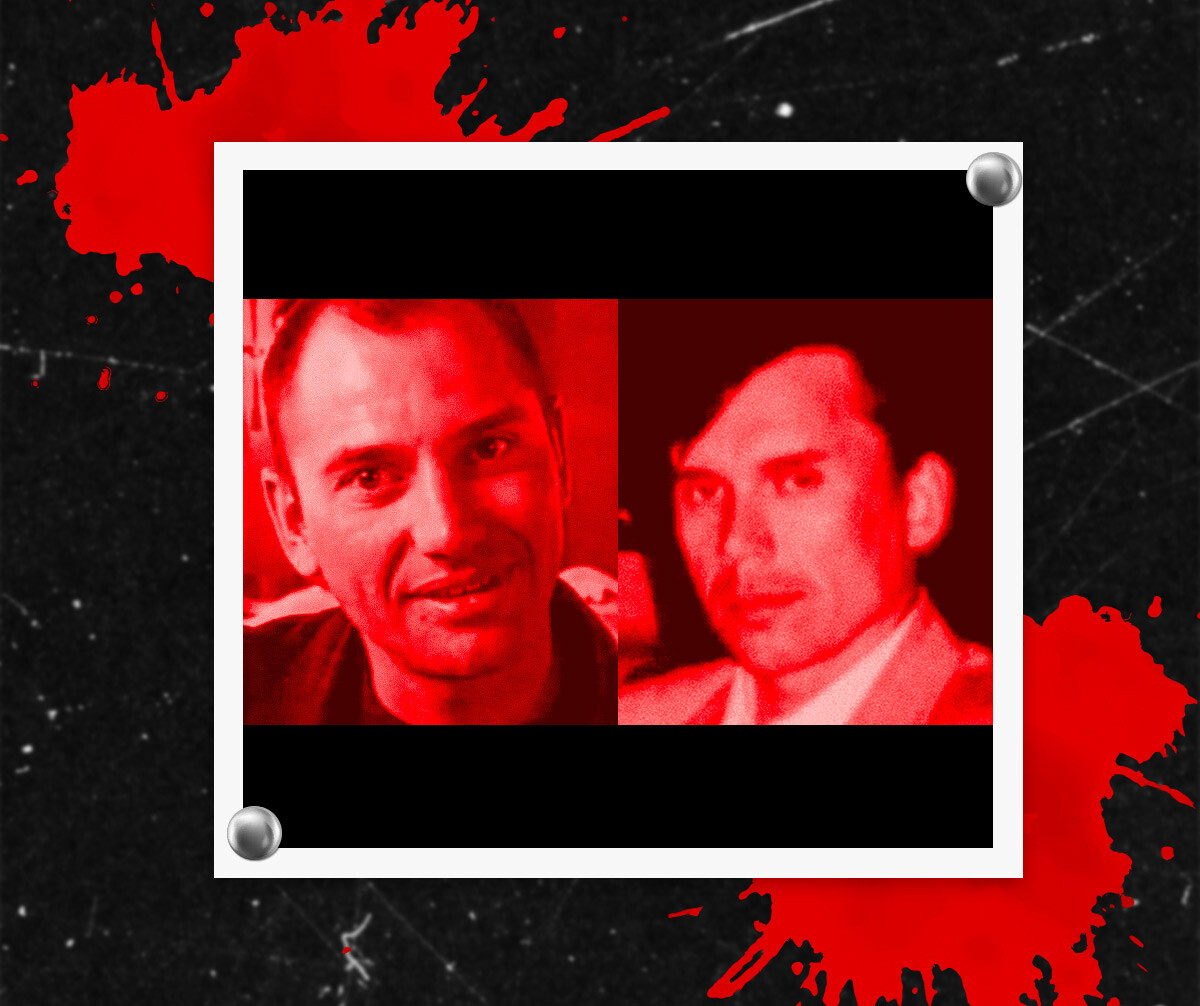
Andrey Koligov and Vitaly Ignatov, leaders of the Kurganskaya organized crime group.
Archive photoIn the late 1980s, four men worked as gravediggers at one of the provincial cemeteries in Kurgan. They were Andrey Koligov, Oleg Nelyubin, Vitaly Ignatov and Alexander Solonik. Soon thereafter, the former three built a powerful criminal gang while the latter officially earned a reputation of being the deadliest hitman in Russia.
At first, the gang was called the ‘Komsomol’, because it included many Komsomol activists, but, later, it became known as the Kurganskaya gang. All three leaders of the new gang were former athletes with no criminal records. Extortion of local businesses was the bread and butter of the gang, but, quite soon, most of the opportunities promised by this criminal activity in provincial Kurgan were exhausted. The growing gang required a wider field of operation. Therefore, first the leaders and the rank-and-file members of the gang moved to Moscow in the early 1990s.
Leader of the Orekhovskaya gang Sylvester moved to accommodate the newly emerged gang into his criminal empire and employed them to eliminate his opponents. Soon, the extreme ferocity of the Kurganskaya gang was revealed. They did not shy away from using weapons and readily resorted to violence, including within their own ranks. Rumors had it that it was a normal practice for members of this gang to execute their own best friends, if such orders were received from the top.
Most of all, the Kurganskaya gang was infamous for its association with Alexander Solonik, hitman number one in Russia.
Eventually, nearly all the leaders of the gang were either arrested or killed. Only Vitaly Ignatov was never arrested.
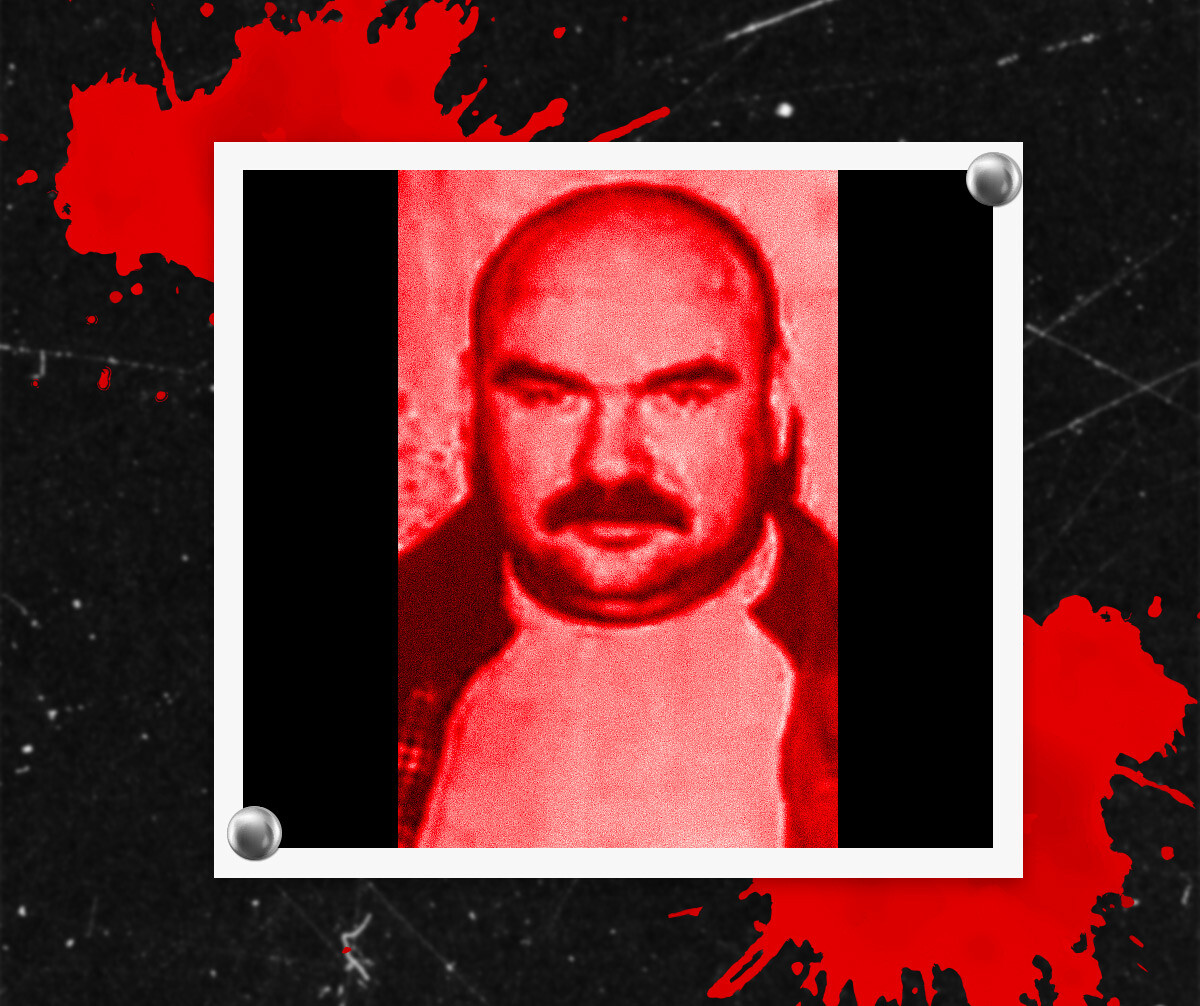
Vyacheslav Yermolov, the leader of the Slonovskaya organized crime group.
Archive photoThe Slonovskaya criminal group was one of the most powerful criminal organizations in Russia during the 1990s. They operated in the Ryazan region and emerged in 1991, led by former driver of the Ryazan city prosecutor Nikolay Maximov, nicknamed ‘Max’, and taxi driver Vyacheslav Ermolov, born in 1962, nicknamed ‘Slon’ (‘Elephant’). The group started with playing street tricks like “cup and ball” and then moved on to more serious crimes, such as fraud against car buyers and sellers. They later engaged in extortion, targeting even non-profit and unprofitable companies.
As their revenue from small entrepreneurs was no longer enough, the group became interested in the production sector and made attempts to take control of large enterprises. They used the funds obtained from extortion and robberies to do so. The Slonovskaya group was known for their brutality, visiting entrepreneurs at their homes and offices, demanding payment and punishing those who refused or couldn’t pay. They even recruited future killers from among orphans under the guise of charitable assistance to children’s homes.
Since 1996, members of the group have been actively prosecuted, but Vyacheslav Yevgenyevich Ermolov and some active members of the group have not been found to this day, with Ermolov being wanted internationally.
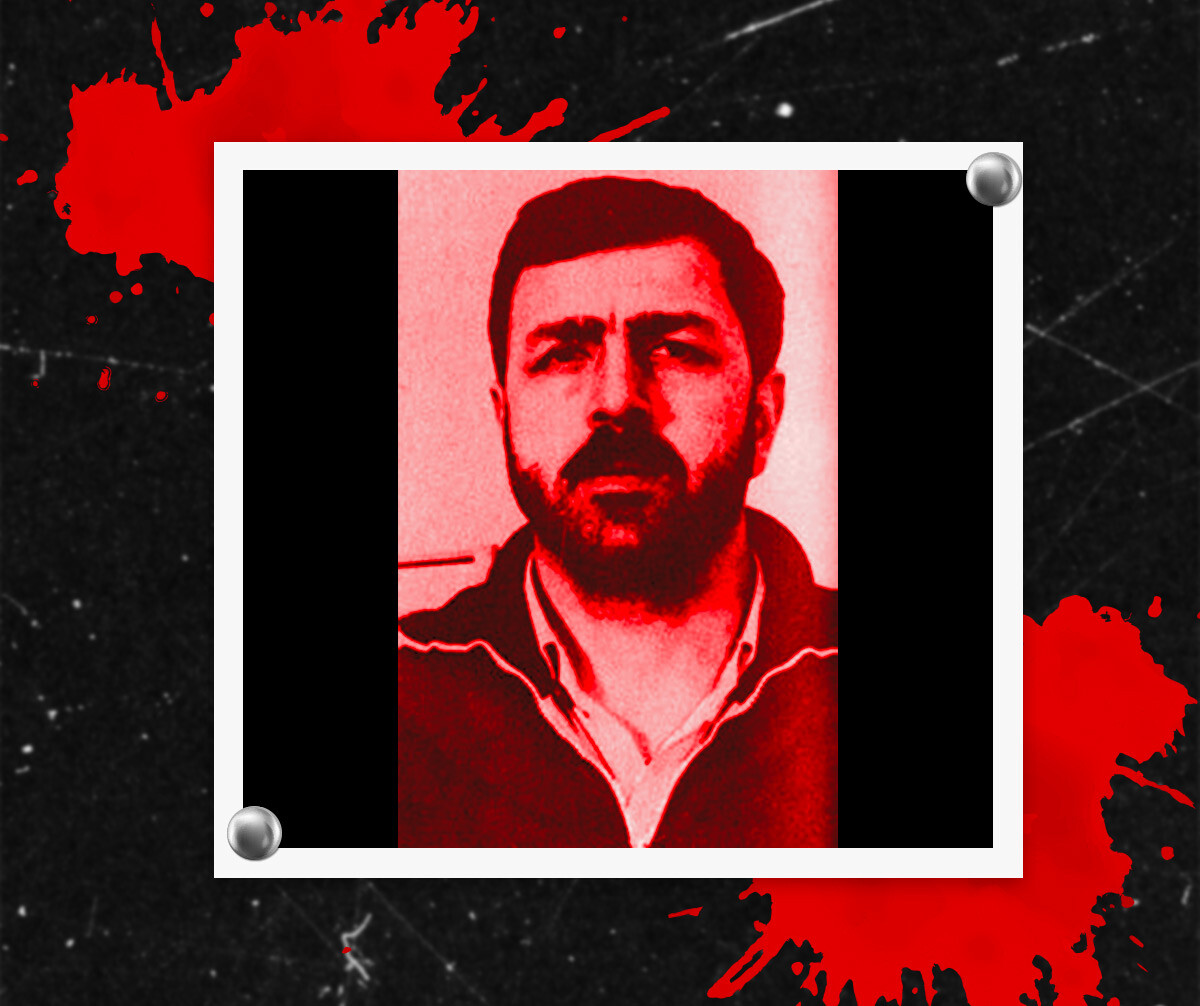
Nikolay Suleimanov known as ‘Khoza’ and ‘Ruslan’, founded the Moscow branch of the Chechen Mafia in the 1980s.
Archive photoIn the 1990s, the Chechen Mafia worked alongside established Russian mafia groups in the USSR and Russia. Nikolay Suleimanov, also known as ‘Khoza’ and ‘Ruslan’, founded the Moscow branch of the Chechen Mafia in the 1980s.
Khoza and his followers brought Chechen migrants to Moscow, recruiting fighters to make their organization a dominant force in the Russian criminal underworld. The Chechens were known for their reputation for violence and quickly became the top crime group in Moscow.
This led to conflict with other criminal gangs, including the Orekhovskaya group. In December 1994, Khoza was killed by a contract killer sent by the Russian mafia.
Despite the loss, the influence of the Chechen mafia continued to spread throughout Russia. They began operating in numerous Russian cities, controlling about 2,000 commercial firms and banks and used their criminal proceeds to finance illegal armed formations, which became a significant source of funding for such groups in Chechnya.
In 2004, authorities arrested leaders of Chechen criminal groups suspected of financing separatist formations.
Dear readers,
Our website and social media accounts are under threat of being restricted or banned, due to the current circumstances. So, to keep up with our latest content, simply do the following:
Subscribe to our Telegram channel
Subscribe to our weekly email newsletter
Enable push notifications on our website
Install a VPN service on your computer and/or phone to have access to our website, even if it is blocked in your country.
If using any of Russia Beyond's content, partly or in full, always provide an active hyperlink to the original material.
Subscribe
to our newsletter!
Get the week's best stories straight to your inbox